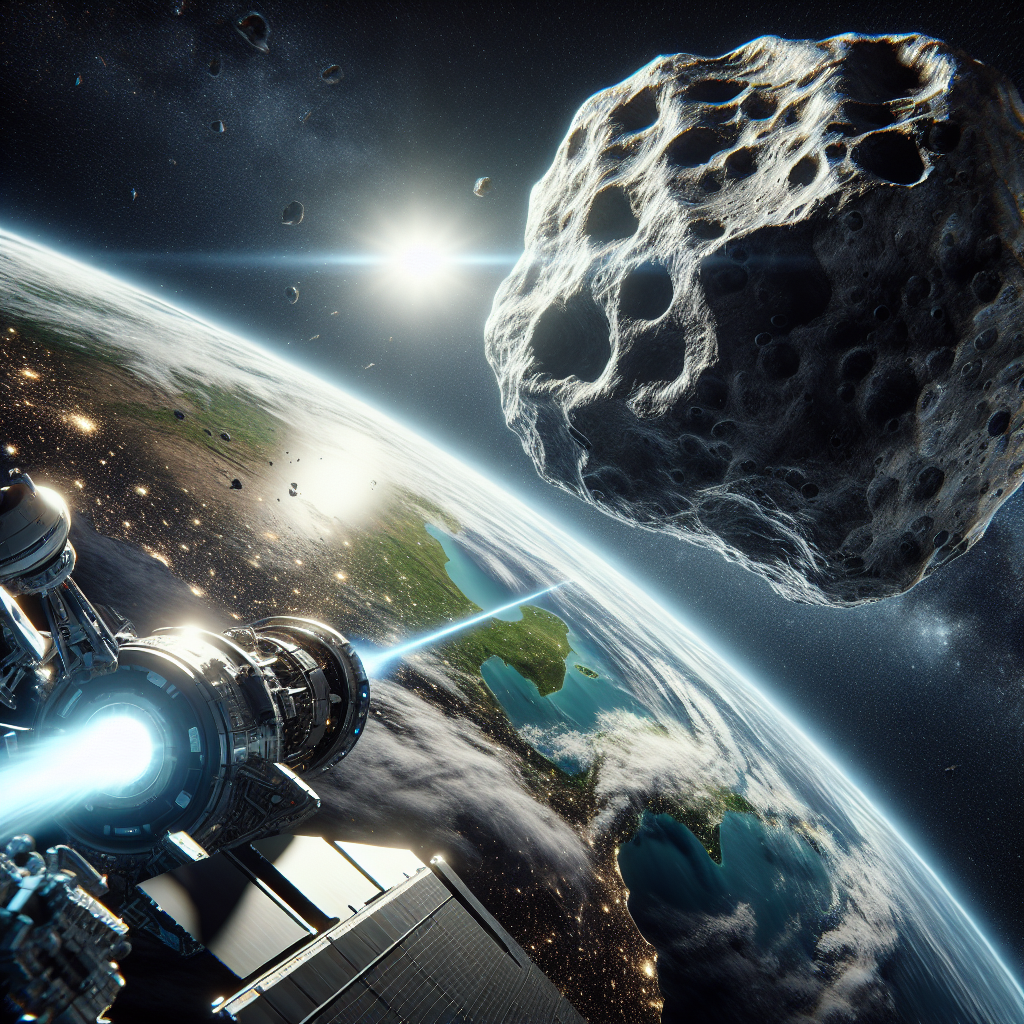
Defending Earth from Asteroids: A Real-Life Sci-Fi Challenge
The looming threat of an asteroid impact might seem like science fiction, but it’s a very real concern for scientists worldwide. The obliteration of the dinosaurs serves as a somber reminder of the possible catastrophic effects asteroids can cause. Fortunately, today’s scientists are not passive observers; they’re actively working to prevent such disasters. Robin George Andrews’ book, How to Kill an Asteroid, delves into this complex endeavor, highlighting the innovative strategies and technologies that could protect our planet from a similar fate.
A Look into the Past: Asteroid Defense Origins
Planetary defense is a relatively new field in the realm of space science. It began in earnest in the 1980s as a theoretical exercise and gained traction in the 1990s. Andrews provides a comprehensive overview of its evolution, taking readers through the history of asteroid impacts, from ancient records to present-day scientific advancements.
Key milestones in planetary defense:
- Theoretical discussions in the 1980s
- The establishment of formal research in the 1990s
- Significant advances in detection and deflection strategies
The DART Mission: A Modern-Day Success Story
Among the various approaches scientists have explored, NASA’s DART (Double Asteroid Redirection Test) mission stands out as a pioneering effort in asteroid deflection. In late 2021, DART aimed a spacecraft at Dimorphos, a harmless asteroid moonlet, to test whether it could alter its trajectory. The mission was a resounding success when the spacecraft managed to impact and adjust Dimorphos’ orbit in September 2022.
Through his narrative, Andrews describes DART not just as a scientific venture but as a dramatic and thrilling endeavor to save Earth from celestial threats. This depiction reflects the mission’s profound significance as it demonstrates our potential to ward off such dangers.
Challenges in Defending the Planet
Despite the success of DART, it becomes clear in Andrews’ analysis that much more needs to be done in terms of planetary defense. Currently, it remains the sole tested method against asteroid impacts. To address this vulnerability, further strategies and technologies must be developed and tested.
Hurdles in advancing planetary defense:
- Bureaucratic Challenges: Securing funding and support for key projects remains a significant obstacle. The budget cuts affecting NASA’s NEO Surveyor are a testament to the financial constraints impeding progress.
- Lack of Detection Tools: Key facilities, like the Arecibo Observatory, have been lost, diminishing our ability to spot potential threats in time.
- Geopolitical and Social Complications: Human fears and behaviors could exacerbate the situation, as misinformation and panic could disrupt effective crisis management.
Beyond Technology: The Human Factor
A successful strategy for asteroid defense isn’t just about having the right technology. As Andrews points out, it involves managing geopolitical, social, and economic dimensions to prevent chaos in the face of a potential threat. Imaginary doomsday scenarios, ranging from mass migrations to economic collapse, highlight the potential ripple effects any impending strike could have.
Moreover, Andrews warns against potential misuse of the situation for nefarious purposes. Fears could stimulate unnecessary nuclear developments or even geopolitical conflicts.
Hope and the Path Forward
Despite the current challenges, How to Kill an Asteroid ends on an optimistic note. Andrews emphasizes the importance of rallying international support and investment in further planetary defense initiatives. The book serves as both a cautionary tale and a call to action, urging humanity to prepare for this real, albeit distant, threat.
In the pursuit of effective planetary defense:
- Continued Investment: There must be a concerted effort to allocate resources and funding towards asteroid defense research and technology.
- International Collaboration: Global cooperation is critical in the design and implementation of robust defense systems.
- Improvement in Detection Technologies: Developing advanced observatories and detection tools will enhance our capabilities to spot and monitor potential threats.
In conclusion, the fight against asteroid threats involves a matrix of science, policy, and human psychology. Thanks to works like Andrews’, there’s a growing awareness and urgency around this issue, fostering the collective drive to protect our only home from cosmic danger. As scientists eagerly push boundaries and strategists plan for contingencies, the hope is that when the time comes, humanity will be ready to stand against any astral adversary.
Source: https://www.sciencenews.org/article/robin-andrews-kill-asteroid-review

